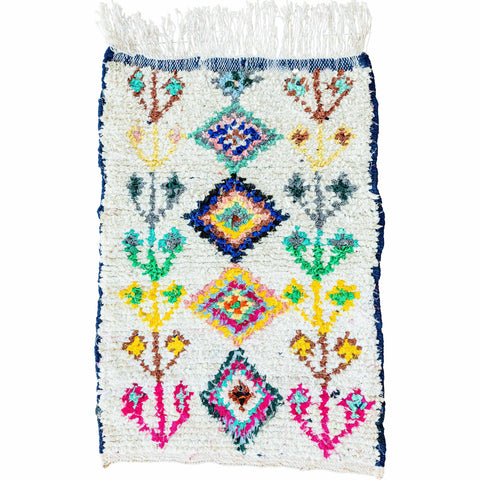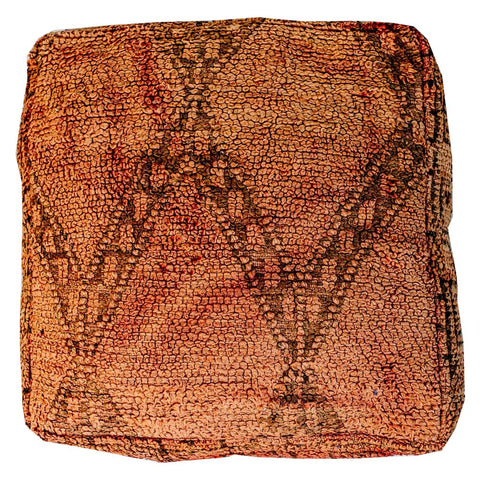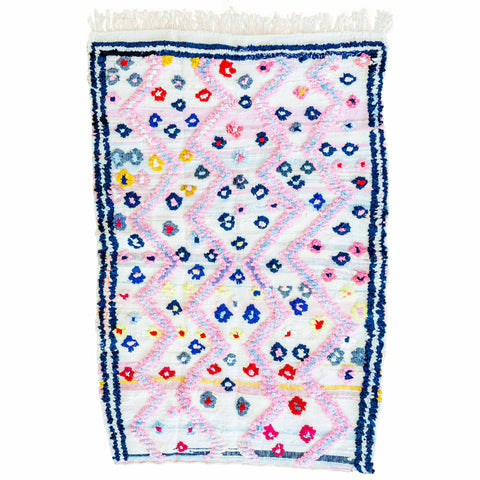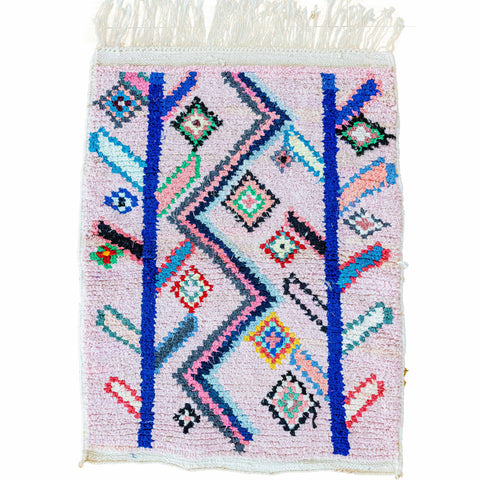Why Are Moroccan Rugs Expensive?

Crafted by Berber artisans. Curated by decor enthusiasts
Moroccan Rugs: Why are they very expensive?
How come Moroccan rugs are very expensive? This is the question on many people’s lips. For this, are there cheap and expensive Moroccan rugs? How can I select the best Moroccan rugs for the right money? How do I determine the right value of a Moroccan rug?
There are numerous answers that one can give to these questions. The following list below will help anybody determine the value and quality of the Moroccan rug. A critical aspect of finding the build of the Moroccan rug is the size and type of knot. However, there are a collection of numerous other factors that can still be considered.
Top Selling Products
So What Makes A Moroccan Rug Expensive?
1). Time of production (it takes a long time to produce one).
The Moroccan rugs are entirely produced with the use of hands. This helps ensure that the wool yarns are appropriately integrated into the rug’s structure, rather than being tufted. From the material souring down to the weaving of the different Moroccan rugs, everything is done without machines. This means that it takes such a long time to complete the rug. Rug weaving takes such a huge time. It depends on the amount of time spent daily weaving the rugs, the rug’s dimension, and the materials used. The time of weaving increases with the material quality.
2). The materials and creative weaving are expensive.
Moroccan rugs are most commonly produced with the use of cotton and wool. Here it is essential to note that wool is different.
Wool has significant differences in how they are produced, and this grade can be felt and seen to reveal how the wool gets spun before they get woven.
The areas with higher elevations are usually made from sheep that have more elegant and luxurious coats. This means a more exotic and luxurious rug that comes with longer size pile lengths. Moroccan rugs are produced from wool that originates from Northern Africa’s High Atlas Mountains.
In various tribal traditional cultures, wool spinning as a process is still performed with a hand spindle. When you use this method, a wool spinning of between 8 and 9 hours performs a one-hour weaving. Wool spinning by hand creates a more natural-appearing and softer.
3). Dyes used to produce the Moroccan rug.
In Morocco, the dyeing of wool is performed in a local tank. Only natural dyes get extracted from such plants as Red Poppy or Papaver that give off the Red hue. The blue tint is obtained from Indigofera Tinctoria SP, the Orange dye is obtained from the Lawsonia Inermis L., or the green is obtained from the Mentha. Natural dyes are often difficult to produce and usually need more expertise than synthetic dyes. The knowledge added work and uniqueness of the experts create more value for the rug produced with wool that has been dyed naturally.
4). The density of the knot.
There are several factors that are used to define the value of any Moroccan rug. Among the commonly used factors is the density of the knot. The thickness of the knot means the number of knots contained in one square inch. The number of knots contained in a unit area is directly equal to the quality of any Moroccan carpet. This means that rugs with a higher knot per square inch were produced for a longer time and have more value.
5). The creative value.
Moroccan rugs are beyond just an ordinary collection of fabric. The rug is a reflection of the weaver’s and designer’s personality. Just like every form of art, the value increases with rarity, “Every one of these Moroccan rugs comes with its own story.”

































